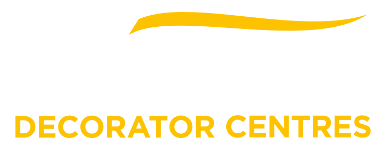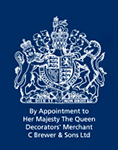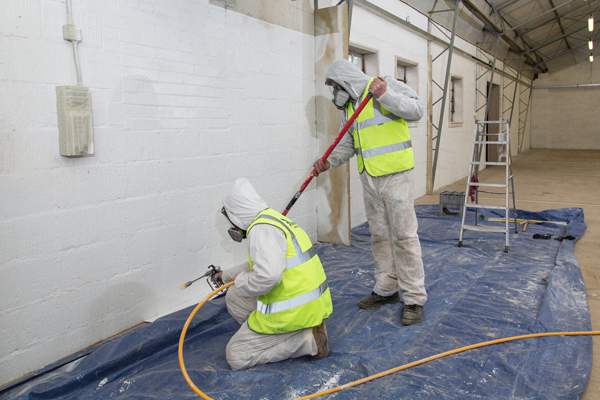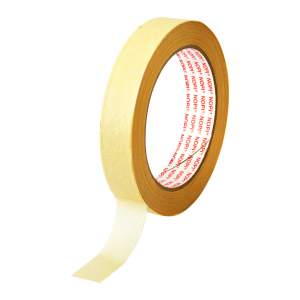Airless spraying

June 11th, 2020
In an airless system, fluid is pumped under high pressure through a spray tip of a size suited to the paint material thickness. It is the tip size and airless pump pressure which determines the paint material flow rate. The material is then fed through the tip of the gun, atomising the material and forming the spray fan.
The benefits are:
- Ability to spray thicker material.
- Material sprayed direct from can, no need to transfer and less thinning required.
- Faster transfer of material.
- Less overspray than conventional spray systems.
- Superior finish and better coverage, even on textured surface.
- The gun tip and pump size dictates what you can spray, so one unit is capable of spraying a multitude of products - all you need is the appropriate tip for the job.
Airless spraying can be up to 10 times faster than brush and 4 times faster than roller application. On an isolated flat surface this is true, but Brewers know every decorating job is different, each presenting their own obstacles. So, allowing for extra preparation, such as masking, airless spray is about 6 times faster than brush and roller.
There is extra preparation involved when spraying, the biggest part being masking. The amount of masking will vary dramatically, depending on the situation: a nice open new-build or warehouse will require a lot less masking than a lounge/diner with all the finest china on display.
If you would normally spend an hour masking up a job, you would spend 2 hours masking ready for spraying, however once the masking is done and the machine set up, which takes under 10 minutes, you can spray a room approximately 50m2 in under 20 minutes using a cross hatch method, which applies the equivalent of 3 roller coats.





